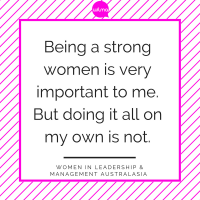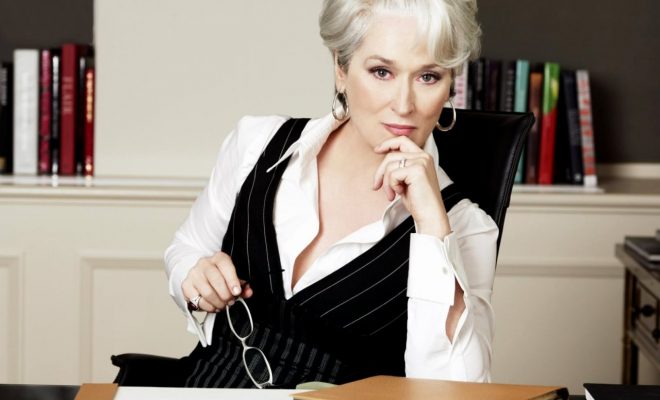The fact there are fewer dads around the office at Telstra tells chief executive Andy Penn the company’s flexible work changes are having an impact.
In just the past year, the number of men taking paid parental leave tripled as it became the norm for new dads at the telco company.
“The manager is prima facie responsible for working out how to make a role flexible in any particular situation for any one of our employees and it’s been one of the most significant and profound initiatives that has actually made difference to our diversity program,” Mr Penn told the Male Champions of Change event on Tuesday.
Two years ago, former Telstra boss David Thodey announced the company would allow flexible work for all 35,000 of its employees regardless of their seniority.

Korn Ferry executive chairman, Australasia Katie Lahey, Telstra chief executive Andy Penn and Sex Discrimination Commissioner Elizabeth Broderick at the Male Champions of Change Business Forum on Tuesday. Louie Douvis.
The gender pay gap extends to $700,000 over an entire career, which is partly due to female workers taking time off work to be the primary carer role for children.
The flexible work changes have also been effective in attracting more female talent. Over the past 12 months the number of female employees at Telstra increased by 6 per cent, while the number of overall employees increased by 3 per cent.
One of the beneficiaries of the diversity program was a senior lawyer at the company, who had to work nine days a fortnight and work from home to look after his father with dementia.
“We would’ve lost Peter for sure if we weren’t able to respond to do that,” Mr Penn said.

ANZ Bank chief executive Mike Smith (left) speaks to the media ahead of the 2015 Male Champions of Change Business Forum.
ANZ chief executive Mike Smith urged other companies to adopt flexibility as the norm among their workforces.
Mr Smith in February issued a directive to his senior management team to make flexible work “the norm – for anyone, for any reason” for all 30,000 roles.
“Really the point that we’re trying to make here is that people’s lives these days are much more complicated than they used to be. And really, everybody is looking for more flexibility in the way the work, so to enable that to happen you’ve got to really change the system. And really what matters is what people produce.
“It’s the end result, it’s not presenteeism,” he said.
ASX boss Elmer Funke Kupper made the case for setting gender equality “targets with teeth,” after the company linked gender equality goals to performance bonuses.
“When we did this, what we found is that the organisation moved much more than I would have expected,” he said.
“In some ways it’s obvious. We all work with targets every day, we tie them to incentives and we tend to get results. And so it’s true for this as well.”
CBA chief executive Ian Narev said corporates needed to dump the myth having more female executives meant less quality and needed to speed up the process of getting more female leaders.
Eight out of 10 chief executives of non-public sector organisations are men, according to Australian Bureau of Statistics data released on Tuesday.
“One of the excuses that was commonly held at the start was the weak pipeline of women. And I can tell you that from the Commonwealth Bank’s point of view […] the idea that you have to compromise on quality to get women in leadership roles is simply fanciful,” he said.
“Yes, the initiatives are being done, yes some progress is being made but we set out to make a meaningful and sustainable difference to the numbers of women in leadership roles and the numbers are too slow. They’re too small. We would not accept that level of progress in any other aspects of our business.”
Originally Published on Australian Financial Review 25th August, view original article.









Leave A Comment